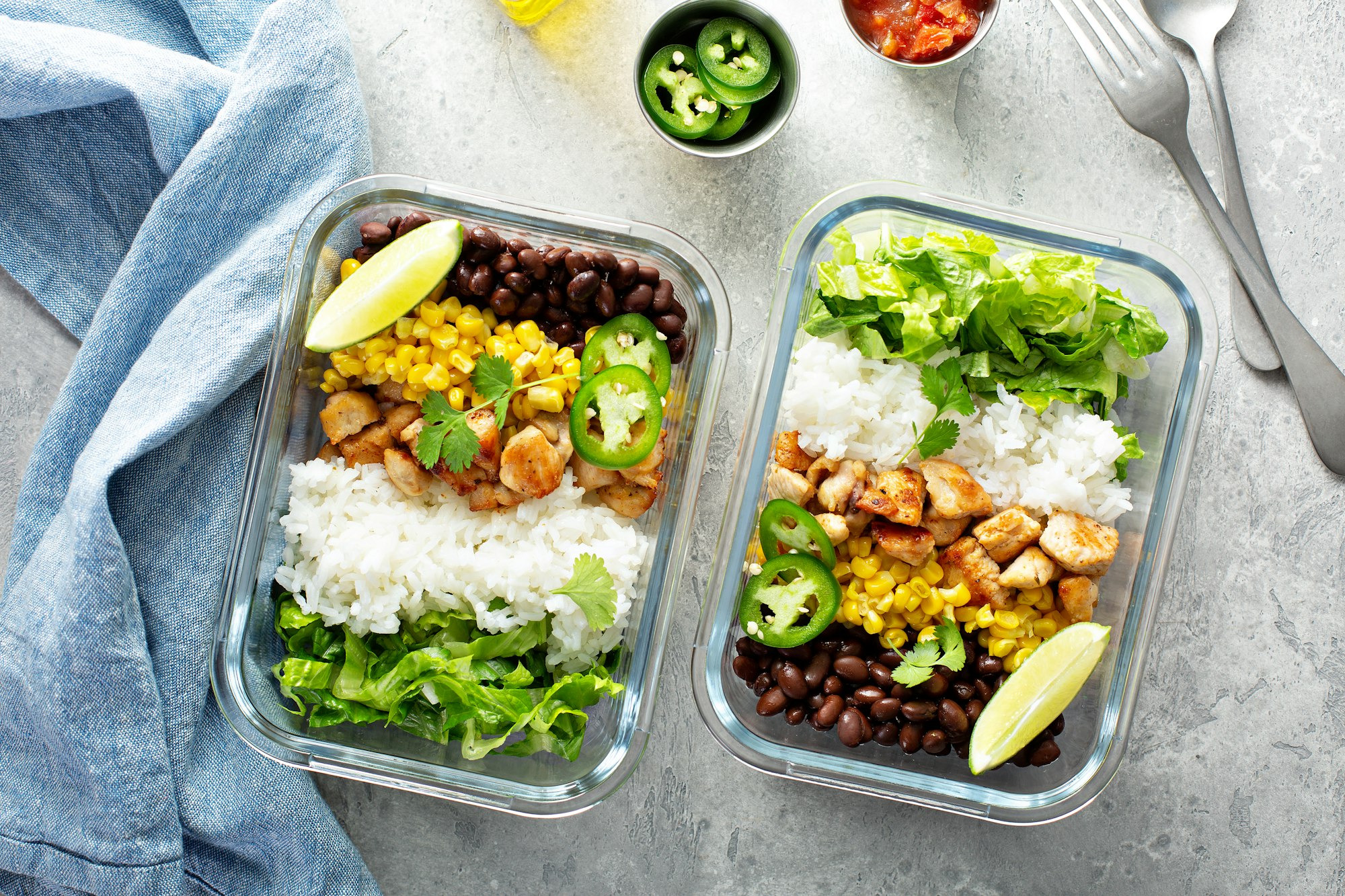In today’s fast-paced world, the kitchen is often the heart of the home. It’s the place where meals are cooked, plans are made, and precious family time is spent. But if your kitchen is cluttered, small, or disorganized, it can feel more like a battleground than a tranquil space. However, with thoughtful planning and clever use of every inch of space, you can transform your kitchen into an efficient meal-prep paradise, even if it’s small and busy. This article will guide you through the process of creating a kitchen layout that maximizes meal prep efficiency, saves time, and makes cooking a joy rather than a chore.
Planning a Functional Kitchen Layout
Before you can start prepping meals, you first need to plan your kitchen layout efficiently. This is not just about placing your appliances in the right places. It’s also about creating zones or stations where specific tasks will be carried out.
A lire également : What’s the Most Creative Way to Display a Collection of Vintage Cameras?
When planning your kitchen layout, consider the activities that occur in the kitchen. These can include prepping, cooking, baking, and cleaning up. Each of these activities requires different tools and space. By creating separate meal-prep stations for each of these activities, you can streamline your cooking process, making it easier and quicker.
To start, identify where you will do each of these tasks in your kitchen. Do you have a large enough counter space for prepping meals? Is there a clear path from your fridge to your stove? Can you easily reach your pots and pans from the cooktop? Keep your cooking habits and the size of your kitchen in mind as you plan your layout.
A lire en complément : How Can You Set Up a Sound-Isolated Music Room in a Townhouse?
Arranging Meal-Prep Stations
After you’ve planned your kitchen layout, it’s time to set up your meal-prep stations. This will involve strategically placing the tools and ingredients you need for each stage of cooking in their respective zones.
At the very least, you should have a prep station, a cooking station, and a clean-up station. Your prep station should be near your fridge, as this is where you will gather and cut up ingredients. It should have enough counter space for chopping and mixing, and should be equipped with knives, cutting boards, and bowls.
Your cooking station, on the other hand, should be near the stove or oven. Here, keep your pots, pans, spatulas, and other cooking utensils.
Lastly, the clean-up station should be near the sink. This station should have dish soap, sponges, and dish towels.
Dividing your kitchen into these stations will allow you to move efficiently through each step of the cooking process, saving you valuable time.
Creating a Weekly Meal Plan
Another key to efficient meal prep is creating a weekly meal plan. This involves deciding what meals you will cook for the week, making a shopping list of the necessary ingredients, and prepping as much as you can in advance.
To start, select your recipes for the week. Consider your family’s tastes, dietary restrictions, and schedule. Will you need quick, easy meals on busy weeknights? Do you have time on the weekends to prepare more elaborate dishes?
Once you’ve chosen your recipes, make a shopping list. This will help ensure that you have all the necessary ingredients on hand when it’s time to cook. To save even more time, organize your list by grocery store layout.
Finally, do as much prep as you can in advance. This could include chopping vegetables, marinating meats, or pre-cooking certain foods. Just be sure to store your prepped ingredients properly to maintain their freshness.
Maximizing Storage Space
Even the smallest kitchen can feel spacious with the right storage solutions. By maximizing your storage space, you can keep your meal-prep stations clean and clutter-free, making your cooking process smoother and more enjoyable.
Start by decluttering your kitchen. Dispose of any expired food, and donate or sell any appliances or utensils you don’t use.
Next, take advantage of vertical space. Install shelves or hanging racks for pots, pans, and utensils. Use the insides of cabinet doors for smaller items like spices or baking supplies.
Also, consider using drawer organizers or storage bins. These can help keep your utensils and ingredients neat and easy to find.
Using Tools and Gadgets to Aid Meal Prep
Finally, consider investing in tools and gadgets that can help make meal prep easier. For instance, a good set of knives can make chopping quicker and more efficient. A slow cooker or pressure cooker can help save cooking time. And a food processor can cut down on prep time for certain recipes.
Other helpful tools might include a meal-prep container for storing prepped ingredients, a kitchen scale for accurate measurements, and a meal planning app to help you organize your meals and shopping list.
Remember, the goal of meal prep is to make your life easier. So, invest in tools and gadgets that will truly be useful to you, not just ones that will clutter up your kitchen.
Overall, integrating efficient meal-prep stations in a small, busy family kitchen may seem daunting at first. But with careful planning, smart storage solutions, and the right tools, you can transform your kitchen into a functional, efficient, and enjoyable space for meal prep. Happy cooking!
Utilizing Kitchen Layouts for Efficiency
The role of a kitchen layout in meal prepping cannot be overstated. It doesn’t merely dictate where your appliances stand; it significantly influences your cooking efficiency. Notably, the best kitchen design for your small space would largely depend on your family’s unique needs and cooking habits.
Single wall, L-shaped, and Island layouts are among the popular kitchen designs you can choose from. A single wall layout, with all appliances and workstations on one wall, is well-suited for small apartments or open-plan layouts. This layout is simple and uncluttered, allowing for easy meal preparation.
The L-shaped layout, on the other hand, offers more workspace by utilizing two adjacent walls. It provides a clear and open area at the center, reducing traffic through the kitchen and offering more room for meal prepping.
Finally, an island layout would be a great add-on if space allows. An island can serve multiple purposes: an additional prep station, a casual dining spot, or even storage space. It can also act as a buffer, separating the cooking area from the eating or living area.
Whichever layout you choose, ensure it adheres to the kitchen work triangle concept- the ideal placement of the stove, sink, and refrigerator. These appliances should form a triangle, allowing for efficient movement between the three most used spots in the kitchen.
Making the Most of Grocery Shopping
Grocery shopping is an integral part of meal planning. However, it can be time-consuming, especially if not done strategically. To make the most of your grocery store visits, start by creating a detailed shopping list based on your meals for the week. Not only will it help you stay organized, but it also ensures you don’t forget any vital ingredients.
To save time and money, you can categorize your list based on the layout of the store. Start from one end and work your way to the other, picking up items in order. This way, you avoid back-and-forth trips across the store.
Another critical aspect of grocery shopping is purchasing in bulk. Staple items like rice, pasta, and canned goods generally have a long shelf-life and can be stored conveniently. Buying these in large quantities reduces the frequency of your market trips, leaving you with more time for meal prepping.
Consider subscribing to a grocery delivery service. Such services offer convenience, save time, and can even help avoid impulse purchases. They also keep you updated on deals and discounts, helping you save money in the long run.
Conclusion: A Well-Designed Kitchen Saves Time and Energy
Incorporating efficient meal-prep stations in a small, bustling family kitchen may seem like a monumental task. However, by strategically planning your kitchen layout, focusing on smart storage solutions, and effectively planning your meals and grocery shopping, you can achieve a kitchen space that works for you, not against you.
It’s about understanding your family’s needs, cooking habits, and the available space. With this knowledge, you can design a kitchen that makes meal prepping a joy, not a chore. The result is a kitchen that saves time, reduces stress, and most importantly, allows you to enjoy the process of creating delicious meals for your family.
Remember, the kitchen is the heart of the home. By taking the time to plan, organize, and design your kitchen, you will create an inviting, efficient space that everyone in your family will love.






